Summary
Sri Akshayavat, the “immortal banyan,” is a revered tree within Patalpuri Temple in Prayagraj. Linked to Hindu mythology and mentioned by Xuanzang, it was enclosed within Akbar’s fort before being relocated to the temple. It’s a significant pilgrimage site for both Hindus and Jains.
Location
- fort, Prayagraj, Uttar Pradesh 211005
Full Story
The Sri Akshayavat Temple and Patalpuri in Prayagraj is a site of great antiquity and mythological significance. The Akshayavat tree (immortal banyan tree) within the temple is revered in both Hinduism and Jainism.
History and Mythology of the Akshayavat Tree:
- Akshay Means Indestructible: “Akshayavat” translates to “indestructible banyan tree.” It is believed that this tree survives through cosmic cycles (kalpas) and is never destroyed.
- Connection to Various Eras: According to legends, the tree is associated with various eras (yugas). It’s believed that Lord Rama, Sita, and Lakshmana rested under this tree during their exile, while visiting the ashram of Sage Bharadwaj.
- Mention by Xuanzang: The Chinese traveler Xuanzang, who visited India in 644 AD, mentioned the tree and a nearby well called Kamakup in his writings. He noted that people would jump from the tree into the well seeking salvation.
- Importance During the Mughal Period: When Mughal Emperor Akbar built the Allahabad Fort, he enclosed the Akshayavat tree within the fort’s boundaries. It is said that Akbar tried to burn the tree multiple times but was unsuccessful.
History of Patalpuri Temple:
- Ancient Origins: The exact founding date of the Patalpuri Temple is unknown, but some accounts suggest it existed since the Vedic period. It gained prominence during the Gupta period.
- Relocation of the Akshayavat: When the British took control of Prayagraj in the 18th century, public access to the fort’s sensitive areas was restricted. As a result, the Akshayavat tree was relocated from its original location within the fort to its current location within the Patalpuri Temple.
- Jain Significance: The Akshayavat tree also holds importance in Jainism. There is a Svetambara Jain temple near the Akshayavat, believed to have the footprints of Rishabhanatha, the first Tirthankara.
Present Status:
- Today, the Patalpuri Temple is the home of the Akshayavat tree and is considered an important pilgrimage site.
- The temple houses idols of various Hindu deities, and regular worship takes place.
The Akshayavat tree and Patalpuri Temple are not just religious sites but also an important part of India’s ancient history and cultural heritage.




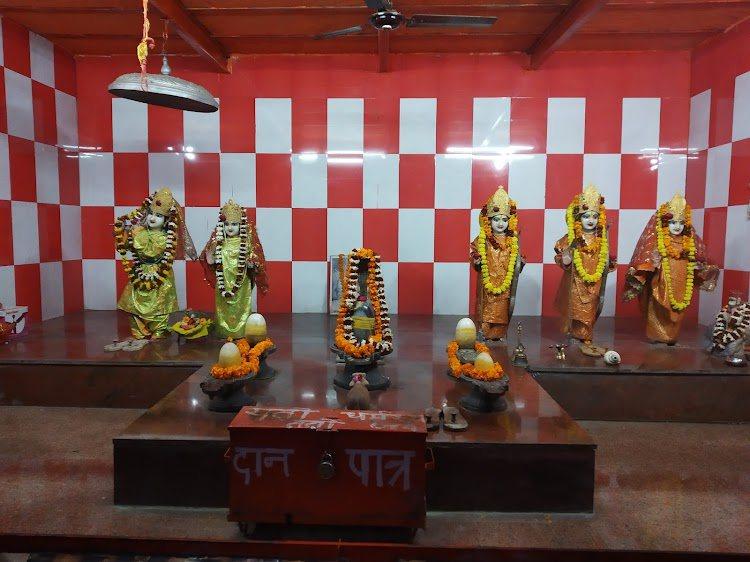
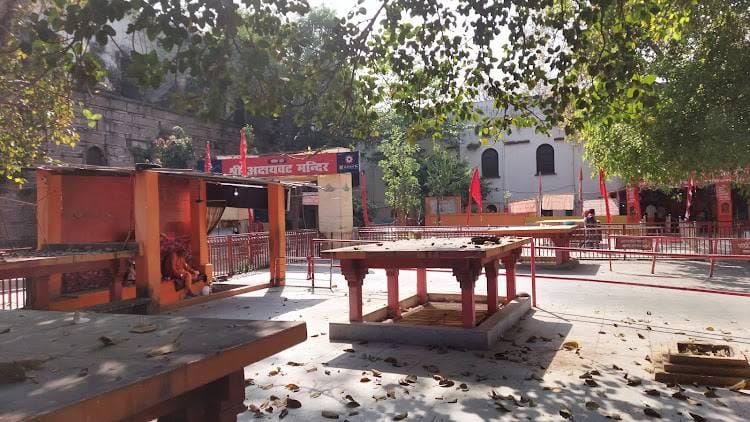
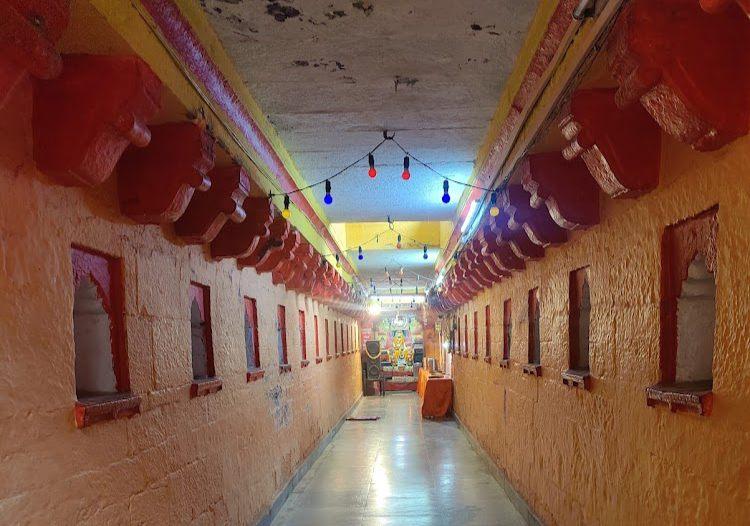
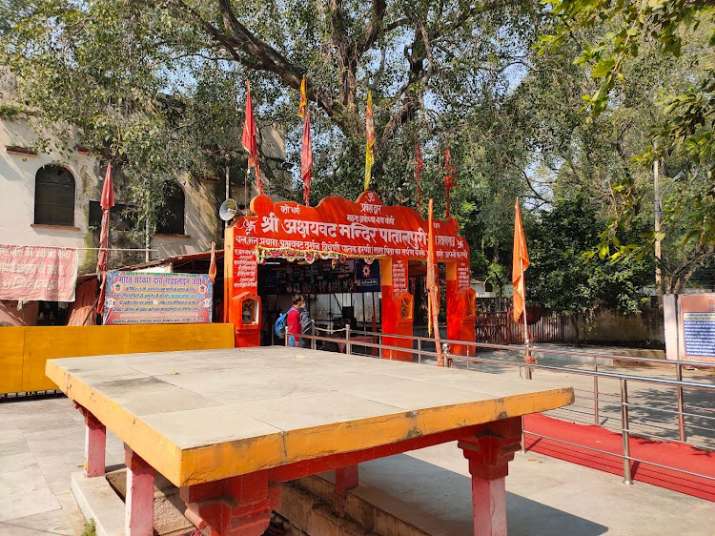
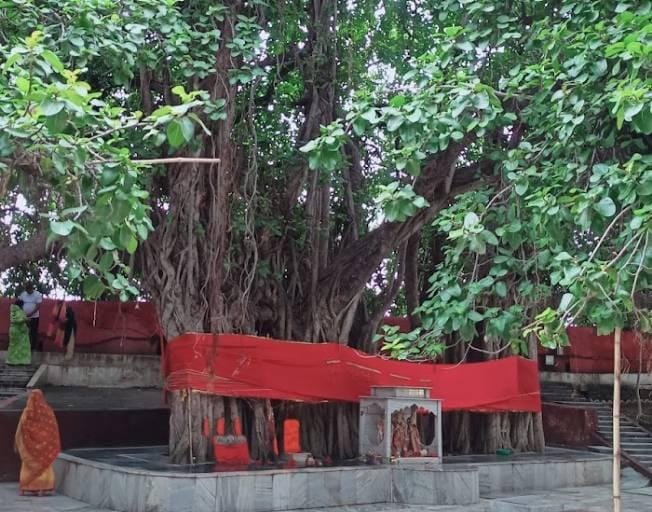
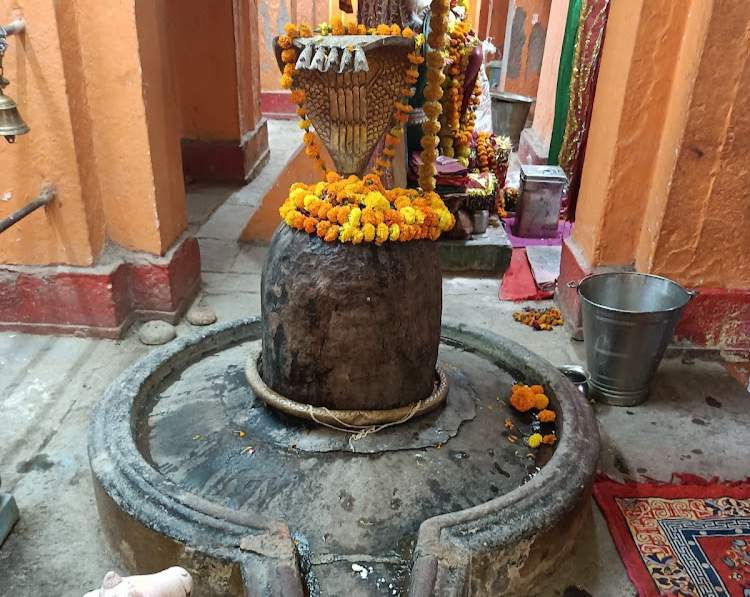
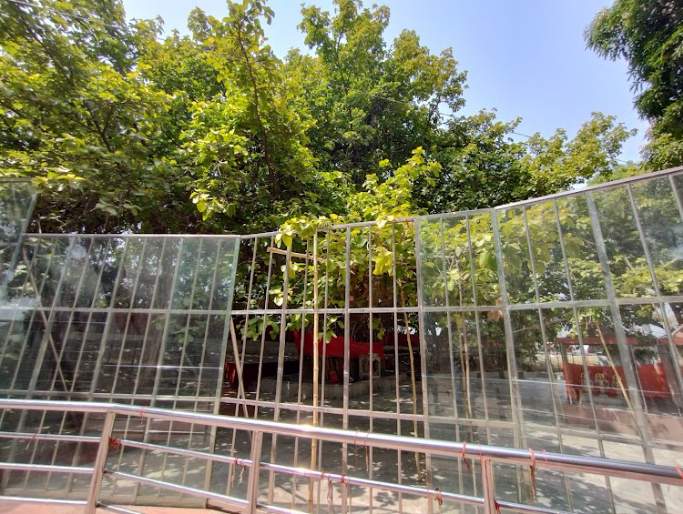















Reviews
There are no reviews yet.